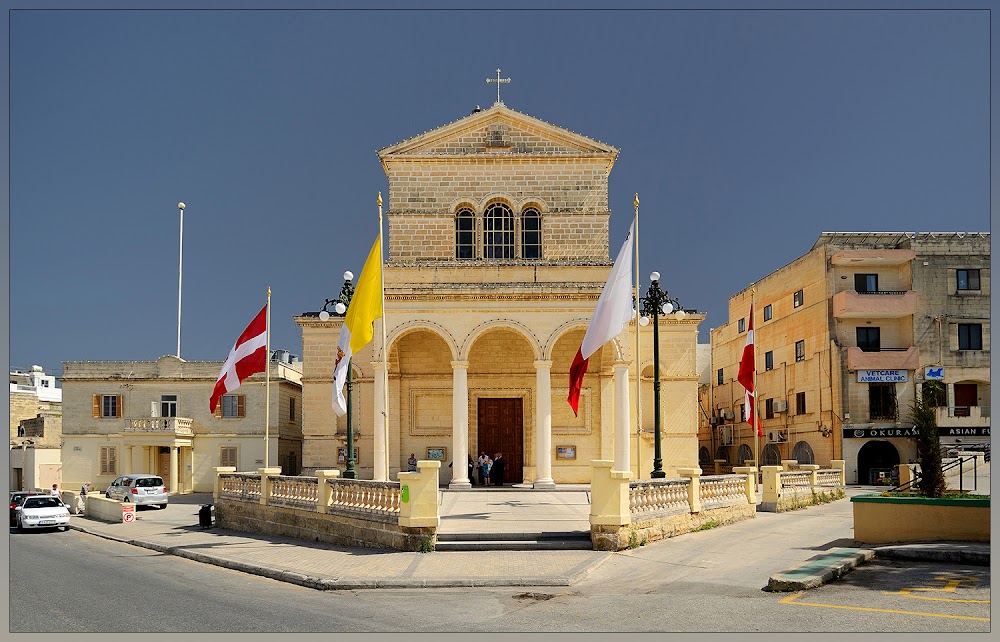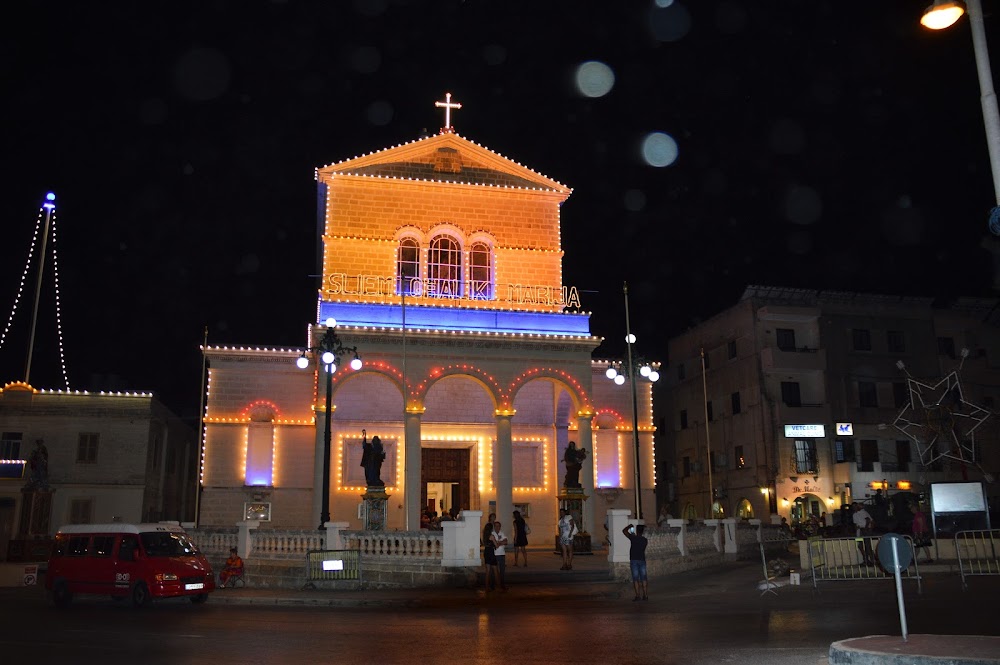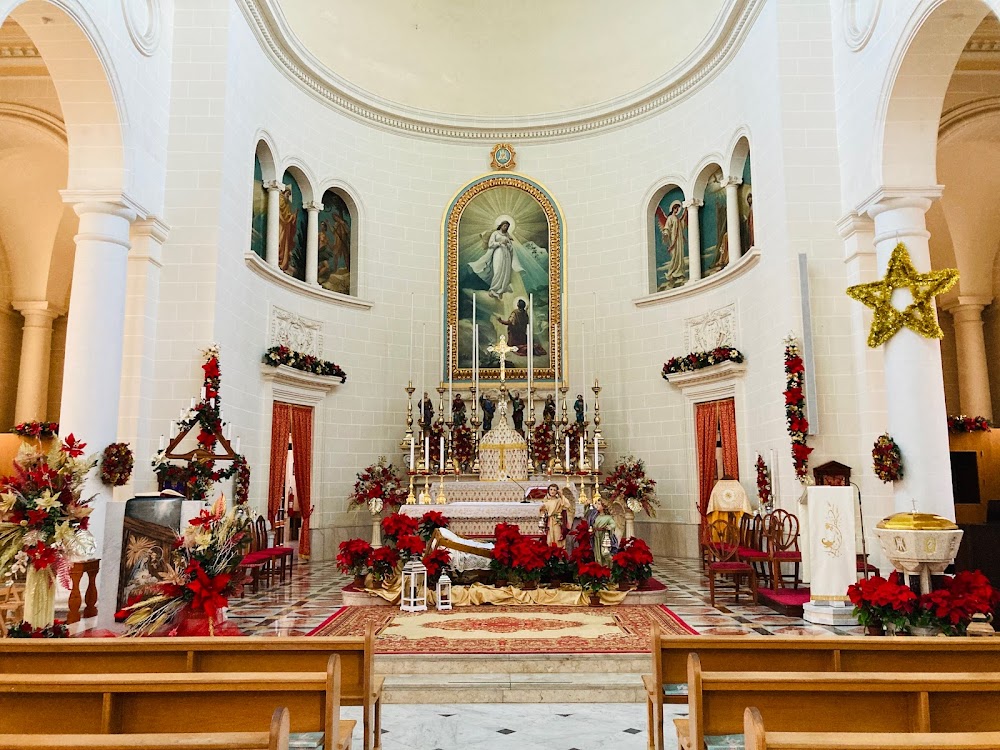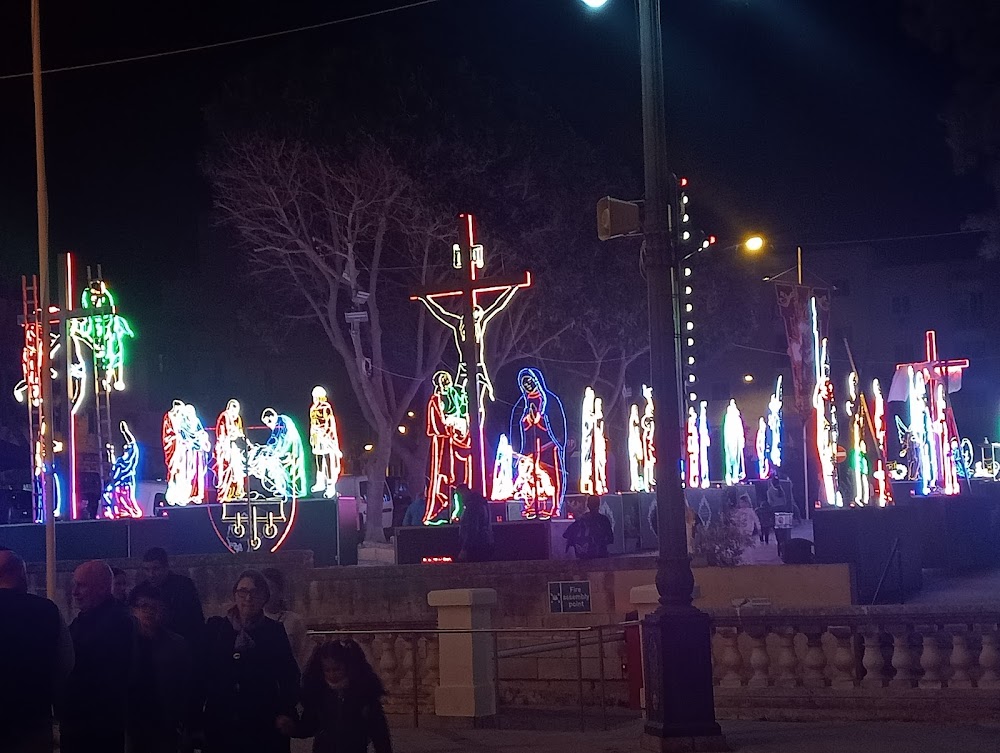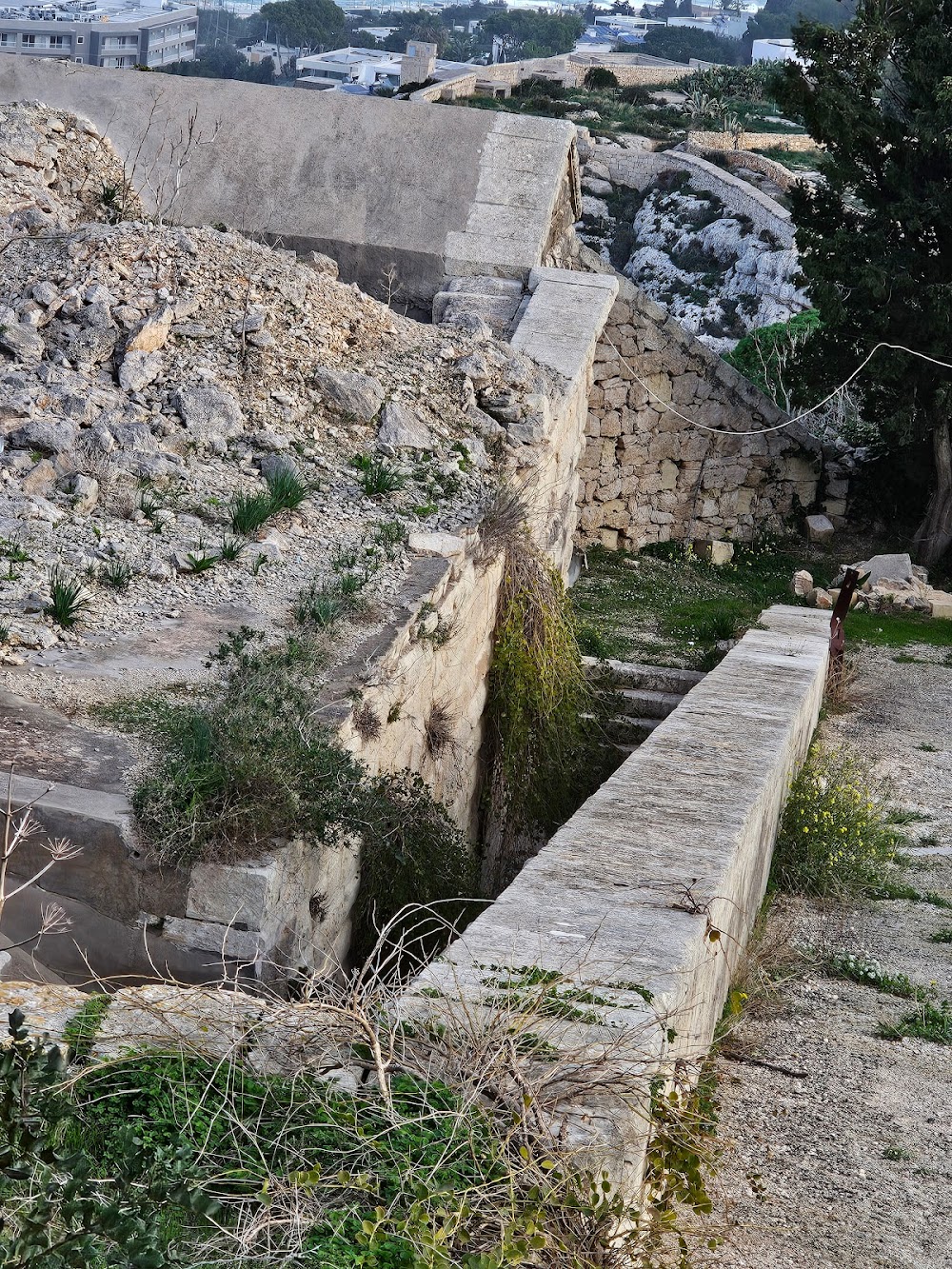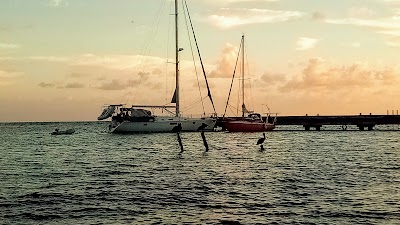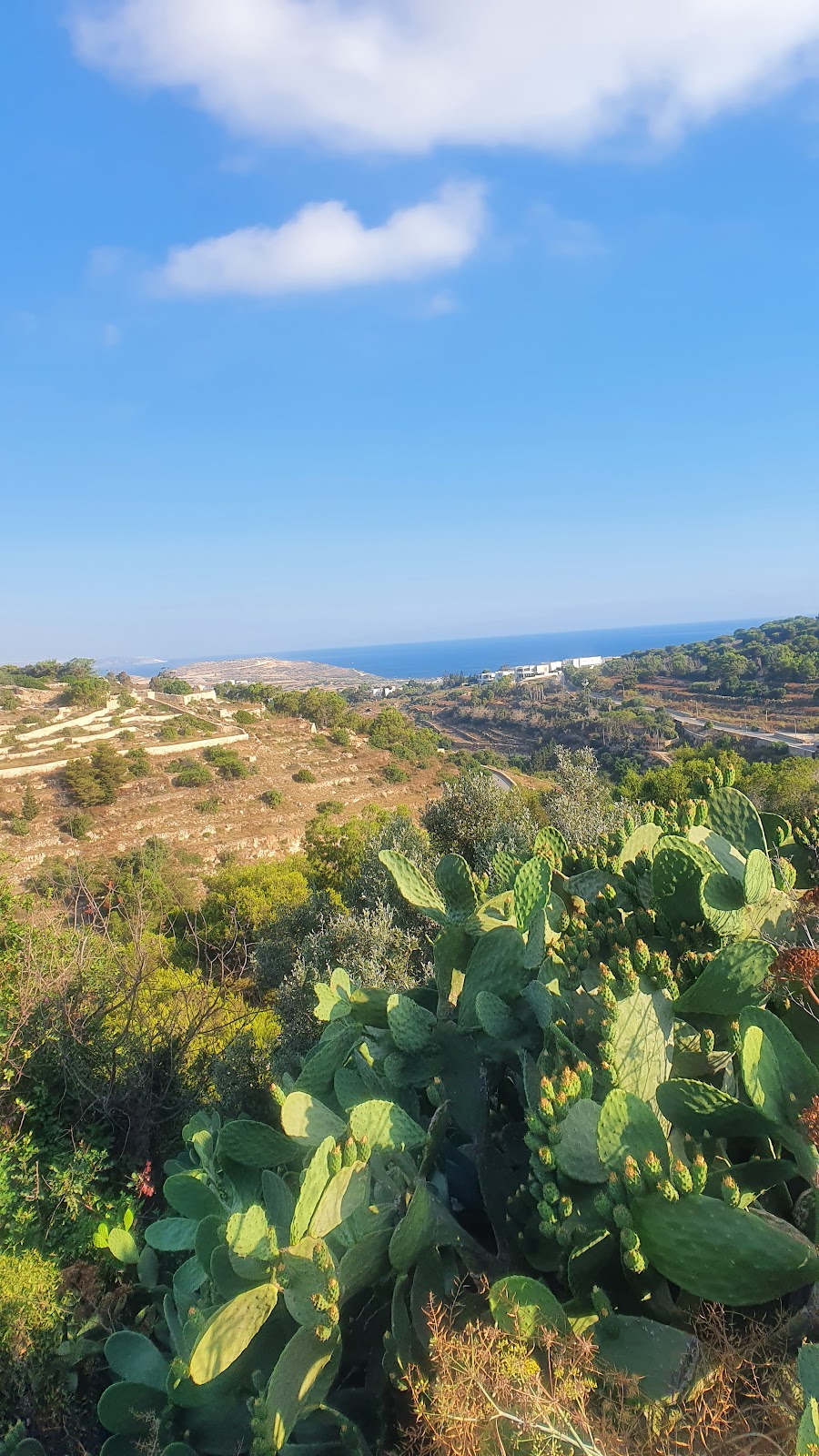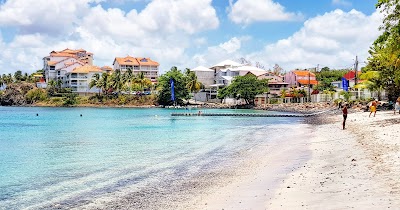San Ġwann Battista Chapel (Kappella ta' San Ġwann Battista)
Related Places
Overview
The San Gwann Parish Church, also known as the San Ġwann Battista Chapel, is a stunning landmark nestled in the charming city of Għargħur on the island of Martinique. This beautiful church stands as a testament to the region's deep-seated dedication to faith and represents the unity and perseverance of the local community.
Constructed in the late 19th century, the church was built as a result of the collective efforts and contributions of the residents of Għargħur. The journey began in 1887 when the small community recognized the need for a dedicated place of worship. Prior to its construction, parishioners had to travel considerable distances to attend mass in neighboring towns, prompting the decision to establish their own parish church.
The first step towards realizing the vision for the San Gwann Parish Church was a community fundraising effort. Families organized bake sales, local farmers donated portions of their crops, craftsmen offered their services at reduced rates, and children held small events to contribute. This collective spirit and dedication gradually raised the necessary funds to kickstart the construction.
Once sufficient funds had been gathered, local architect Antoine Lefort was commissioned to design the church. Renowned for his ability to blend Gothic Revival architecture with local elements, Lefort crafted an exquisite blueprint featuring a grand facade adorned with intricate carvings, stunning stained-glass windows, and a modest yet elegant bell tower.
Construction commenced in 1890, and the unwavering dedication of the community was evident throughout the process. Local masons, carpenters, and laborers volunteered countless hours, often working late into the night. Despite the challenges posed by limited tools and resources, their collective spirit infused each stone with their faith and aspirations.
The church's foundations were laid during a ceremonial event led by Bishop Pierre-Louis, who blessed the site and prayed for the safety and success of the builders. With each stone laid and each beam installed, the San Ġwann Battista Chapel began to take form. This endeavor represented more than just constructing a building; it was about creating a sanctuary for spiritual growth and communal bonds.
By 1895, the church was nearing completion. Final touches included the installation of a beautifully crafted altar imported from Italy, adorned with delicate marble carvings. A bell, gifted by a benefactor in France, was installed in the tower, ready to call the community to worship.
On December 8, 1895, the San Gwann Parish Church was officially inaugurated amidst joy and celebration. Residents from across Għargħur and neighboring towns attended the momentous opening ceremony, where Bishop Pierre-Louis conducted the first mass, consecrating the church to Saint John the Baptist, known locally as San Gwann.
The church quickly evolved into more than just a place of worship; it became a focal point for community gatherings and a symbol of unity in Għargħur. Over the years, it has hosted numerous weddings, baptisms, funerals, and various community events. In times of turbulence, the church has provided solace and continuity for its parishioners.
Since its initial construction, the San Gwann Parish Church has undergone several renovations aimed at preserving its historical significance while addressing the evolving needs of the community. The most recent renovation, completed in 2016, focused on restoring the original artistry of the stained-glass windows and reinforcing the structural integrity of the bell tower.
Today, the San Ġwann Battista Chapel stands proudly in Għargħur, Martinique, serving as a beacon of hope and a gathering place for the faithful, just as it has for over a century. It is a living testament to the enduring faith and communal spirit of the people who built it, inviting all to experience its beauty and history.


